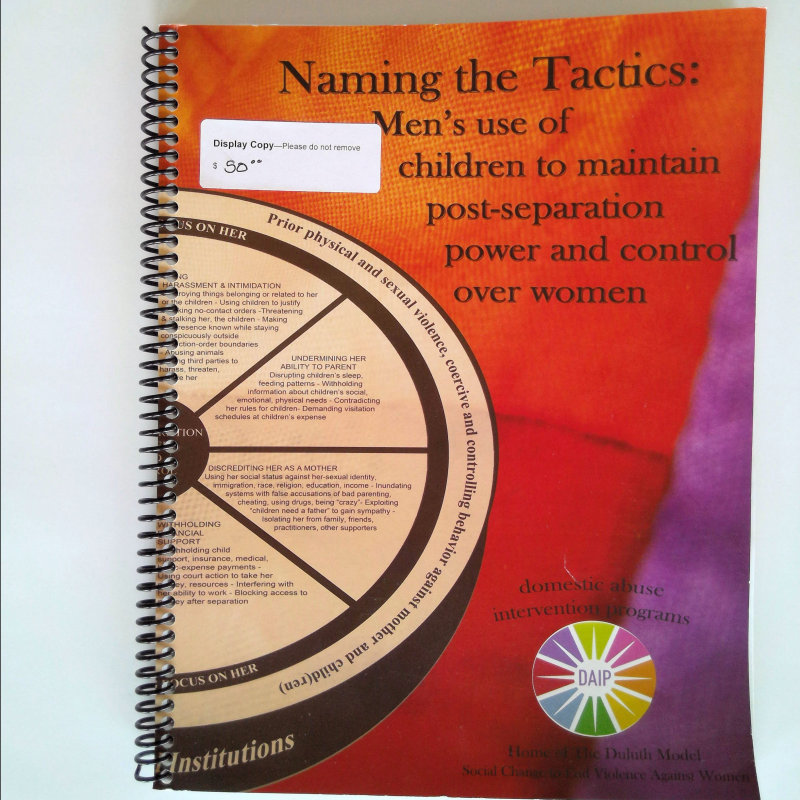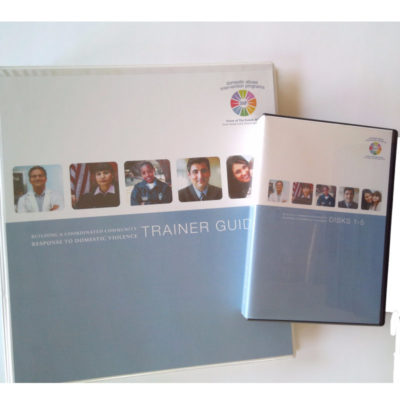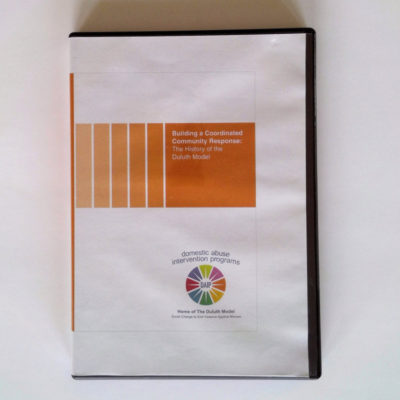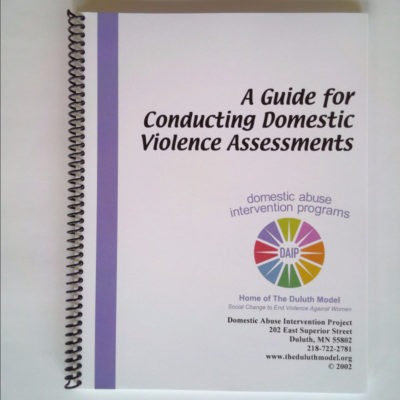Description
A few years ago, women who worked in DAIP’s Duluth Family Visitation Center spent hundreds of hours listening to and learning from women who had survived battering and were struggling to negotiate post-separation custody and visitation issues with the abusive men they had left.
In focus groups and conversations, survivors described how their lives—and their children’s lives—often became more dangerous and difficult after leaving men who batter. Some of those dangers and difficulties, the women said, were enabled or even caused by systems and institutions designed to protect victims and hold batterers accountable. Many of them came from men’s use of children in violent tactics for maintaining post-separation power and control.
After those hours learning from survivors and experimenting with policies and procedures for responding to men’s post-separation violence, DFVC staff members realized they had the raw material for a new wheel—the Using Children Post Separation Wheel—a manual, and training programs that would be valuable for other visitation-center staff and anyone else who works with fathers who batter, mothers who are battered, and kids from families split by violence. That’s how Naming the Tactics was born.
Naming the Tactics is an invaluable tool for all practitioners who work with battered women, violent men, and their children. It is also an important resource for anyone who wants to understand battering and post-separation violence more deeply. The training and manual content names and illustrates how fathers who batter use children as tools for punishing women who have left them to escape violence. It also proposes a process for using behavior change instead of time as a guide for when a father who has battered should transition into unsupervised visits and exchanges.
The training program and eight of the manual’s ten chapters are devoted to tactics on the new Using Children Post Separation Wheel:
- Using Harassment & Intimidation
- Undermining her Ability to Parent
- Discrediting her as a Mother
- Withholding Financial Support
- Endangering Children
- Disregarding Children
- Disrupting her Relationships with Children
- Using Physical & Sexual Violence Against Mother & Children
An introductory manual chapter sets context for understanding those tactics, and a concluding chapter suggests policies and procedures for responding to them through transitions from supervised to unsupervised transitions and exchanges.




